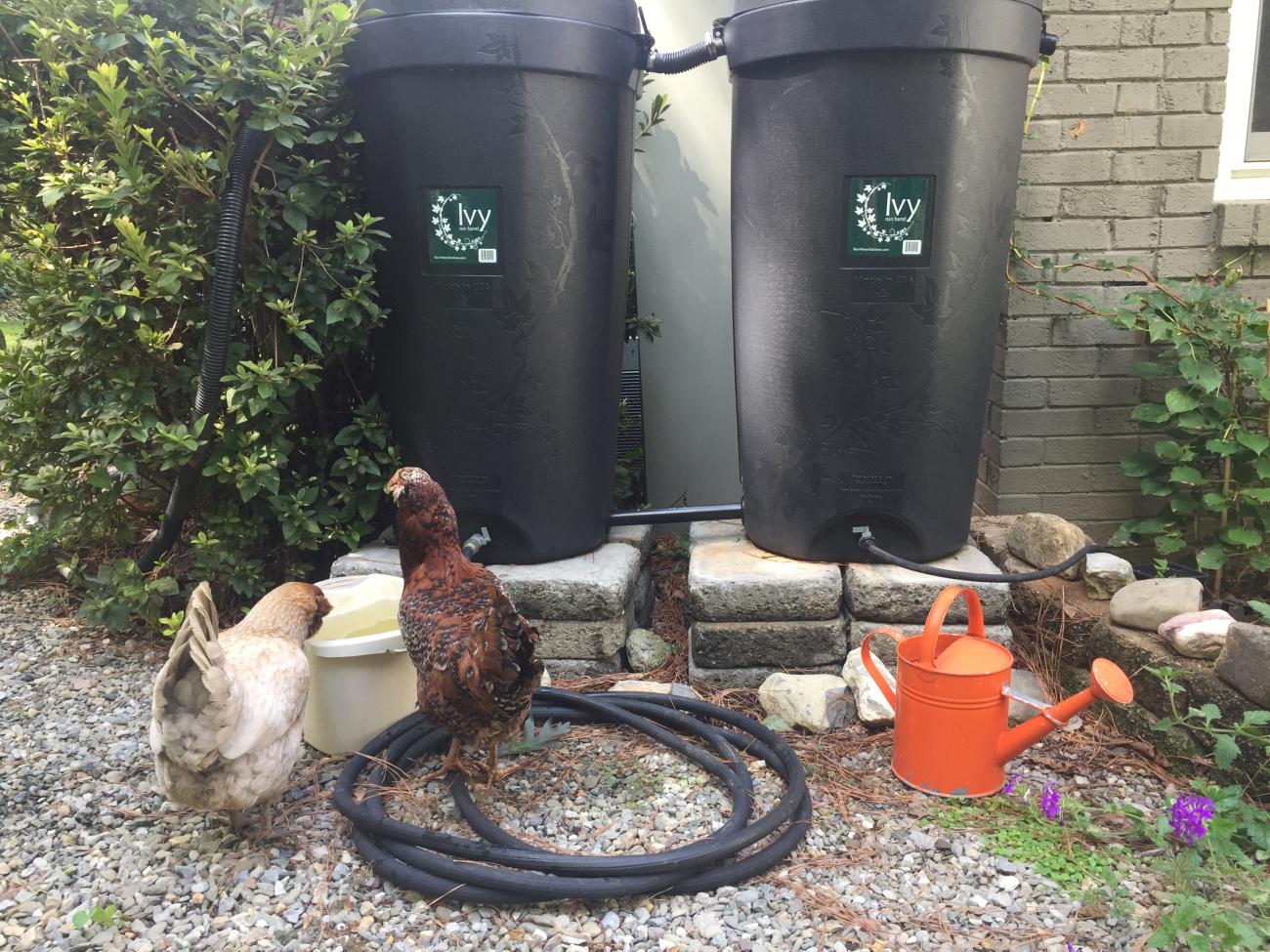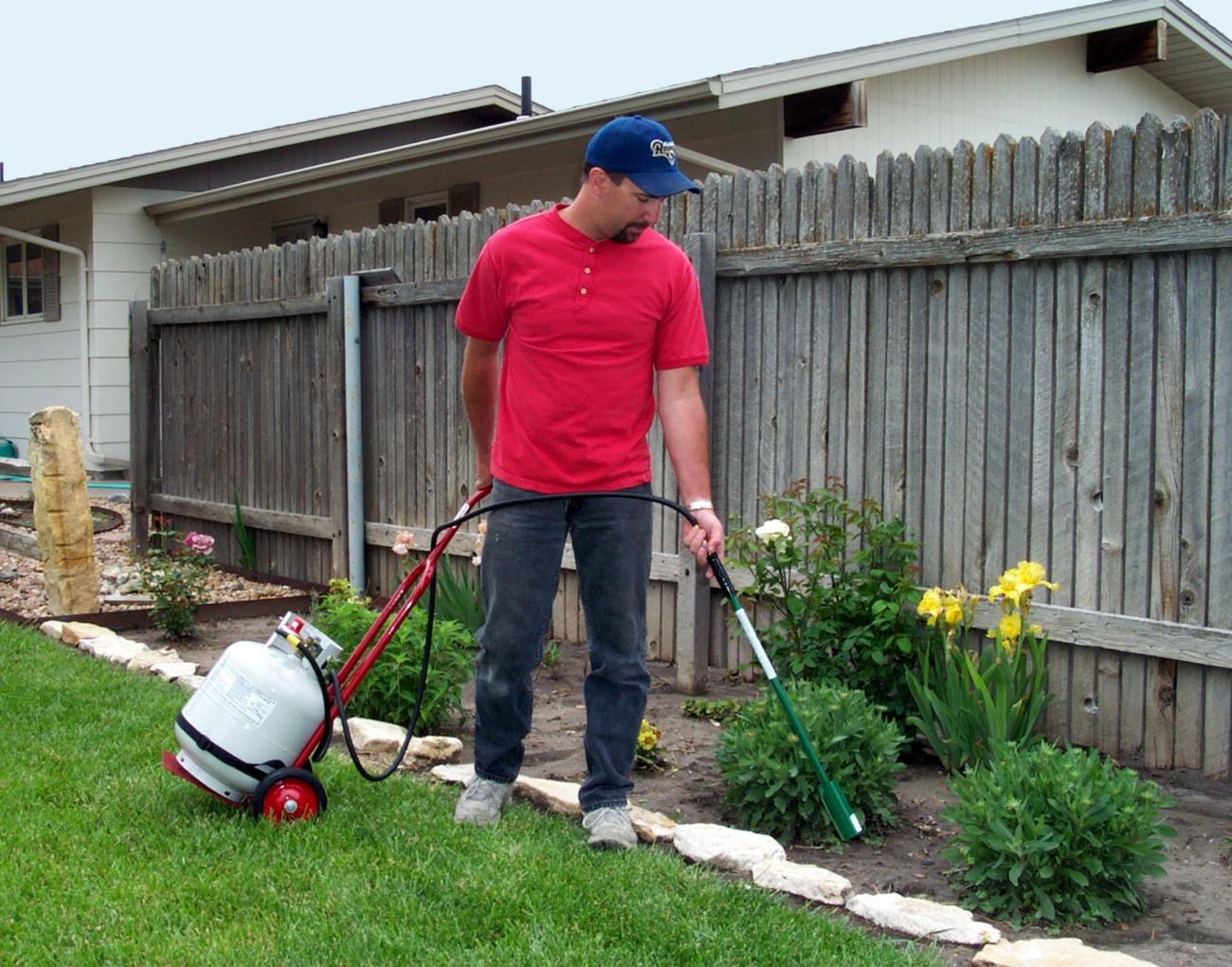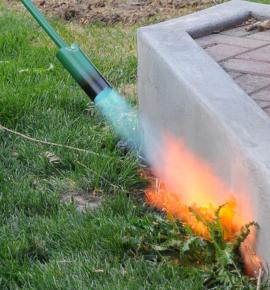There are many reasons to garden—getting actively involved in the natural world around you, practicing a hobby that results in delicious snacks, and perhaps even helping the planet. That’s why Green America’s Climate Victory Gardens program is so important. It’s focused on climate-forward gardens which prioritize healthy soil and reducing carbon emissions, and anyone can register their own Climate Victory Garden, however big or small.
Maybe you’ve never gardened before, or you’re a longtime gardener curious about different ways you can incorporate climate solutions into your gardening.
Anyone can garden at any time; all you have to do is start. These Green Business Network members are here to help, no matter where you are in your gardening journey.
What Do Climate Victory Gardens Grow?
Anything—herbs, vegetables, fruit, a whole lemon tree! In keeping with the tradition of the first climate victory gardens, established during the gardening movements of the World Wars when 20 million gardeners produced 40% of the fresh fruits and vegetables consumed in the country, nutritious and delicious crops are the favorites of these gardens.
Regardless of what you choose to plant, whether purple dragon carrots or rose potpourri corn, it all begins with a seed.
When looking for seeds, look no further than Turtle Tree Seed {GBN}, where open pollinated seeds are harvested using biodynamic practices in accordance with Rudolf Steiner’s Agriculture Course of 1924.
What does open pollinated mean? These types of seeds are collected from the parent plant following self-pollination or natural pollination via birds or insects. Open pollinated seeds grow true-to-type based on the parent plant and decrease the chance of introducing any genetically engineered seeds into your garden.
So when someone buys from Turtle Tree Seed, they can “save the seed from the plants they grow in their gardens,” according to Ian Robb, co-general manager.
“Over time the plants will adapt to the soil and climate of where you live,” he continues. “This is very important when you consider the ever-changing environmental situation that humanity is facing.”
You can also check out Hidden Springs Nursery {GBN} for plants and seeds grown without the use of chemical fertilizers or poisonous sprays.
Water, What All Crops Need to Thrive
There are many moving parts and elements to consider when cultivating healthy climate victory gardens, from healthy soil practices to a lack of toxic chemicals and fertilizers.
But never discount the importance of the two basic necessities for plant growing: water and sunlight.
“Installing a rain barrel near your garden can be a great supplemental water supply for your edibles,” says Lynn Ruck, co-founder of Rain Water Solutions {GBN}.

Rain is a great, and natural, source of water for your garden, but how to best harness it?
“Many gardeners are happy to use watering cans to move rainwater from A to B,” Ruck says, “But if you have the ability to install the rain barrel higher than your garden you can easily water your edibles at the roots with a hose and you can consider adding a soaker hose by weaving it through the plants for a slow drip.”
A soaker hose is a hose like any other with one key difference: tiny pores throughout its length that allow water to slowly escape. This allows for an efficient flow of rainwater directly to the base of your plants and is an especially great system for when you must be away from your garden for any length of time.
As Ruck recalls: “I discovered this trick after spending the early spring months nurturing and watering my plants for a high yield bounty and came back after taking a vacation during the hot summer to return to scorched, sad plants that could never recover. Now I set up my soaker to keep a steady drip on my thirsty veggies.”
Drip irrigation is a micro-irrigation system that has been used since ancient times, with records dating back to first century BCE China.
Rainwater is also healthy for your plants, as it contains less minerals and chemicals and is fortified with rich nitrogen.
Rid Climate Victory Gardens of Pesky Weeds
You’ve planted and you’re supplying your crops with a steady stream of nutrients and water. Next, make sure you’re maintaining the health of your garden.
One important step in garden maintenance is weeding. Weeds are invasive plants that compete with your carefully curated crops to steal space, nutrients, moisture, and light. Ridding your garden of these plants should not be put off.
While there are several ways to weed, like digging up a weed’s roots with a garden knife by hand, but have you ever considered heat?


“Flame weeding is what we like to call a ‘slow kill,’” describes Mel Limon, executive director of sales at Flame Engineering {GBN}. “Essentially, you are destroying cell structure in the plant leaf. The weed will no longer put energy toward growth (photosynthesis) taking the kill through the root system.”
Yes, flame weeding also kills the roots.
Even better, as Limon notes, it’s non-toxic: “Your Victory Garden will be organic since you aren’t using chemicals to kill the weeds.”
Now, you’re supplied with three new techniques and supplies to make your Climate Victory Gardens the best gardens they can be. Go forth with confidence and excitement for your garden, beginning with the 5 steps to start your garden, the practices that make a garden a Climate Victory Garden, and then add your garden to the map.



